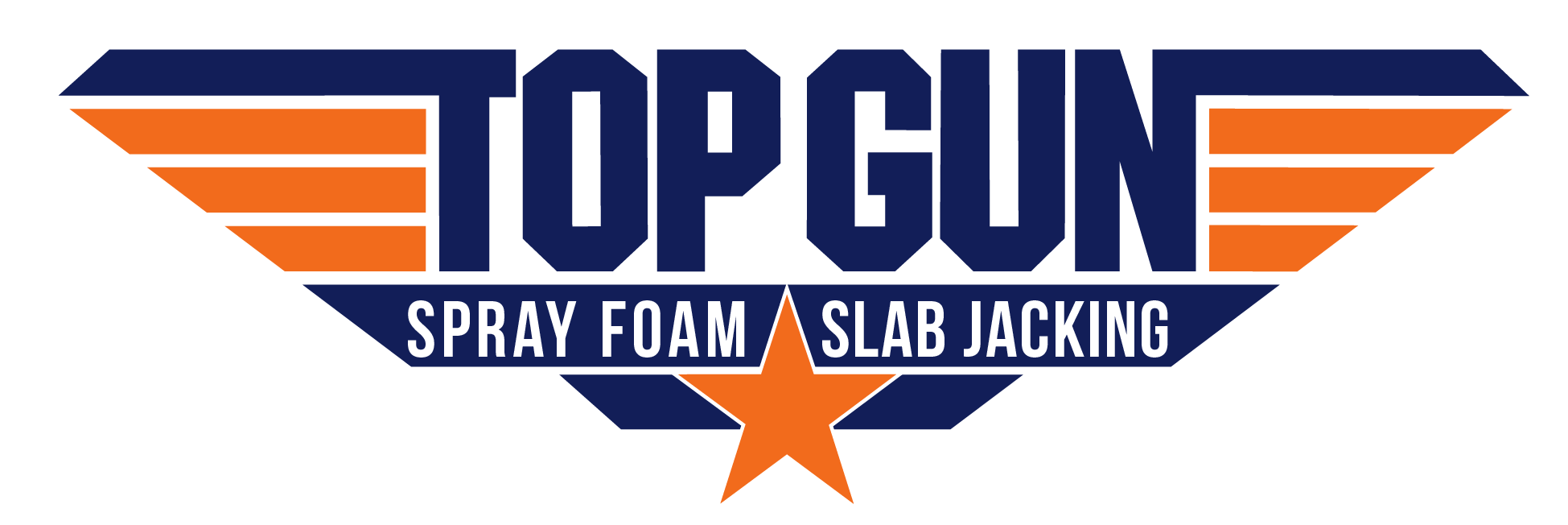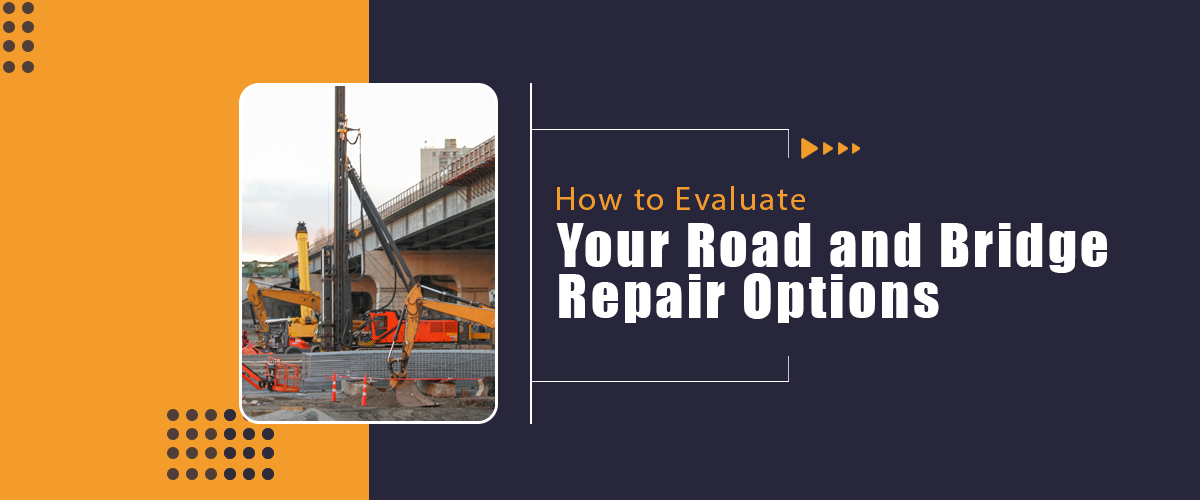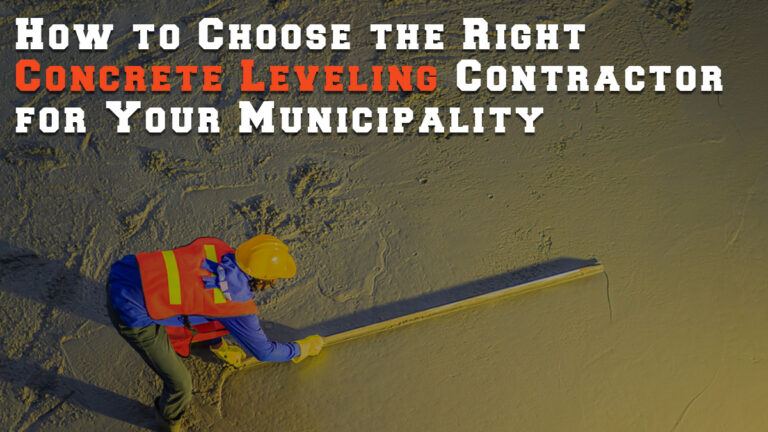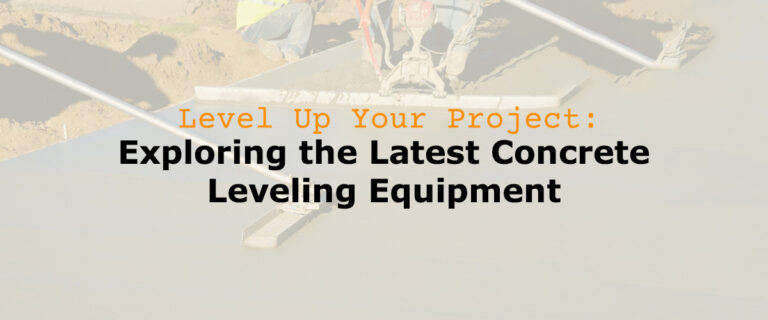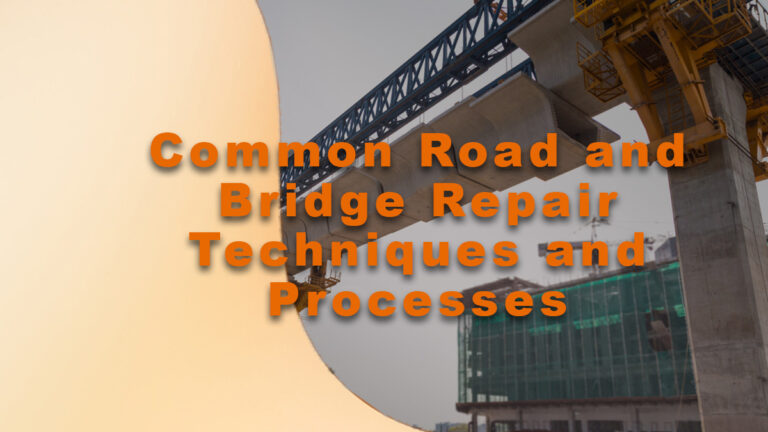How to Evaluate Your Road and Bridge Repair Options
Ah, the joys of driving – wind in your hair, music blasting, and that sudden jolt as your car hits a pothole. Annoying, right? Don’t lose hope just yet! We’re here with the ultimate guide to evaluating your road and bridge repair options. Making well-informed decisions is also essential in the road and bridge repair world.
Furthermore, this article covers essential aspects such as:
- The significance of regular maintenance
- Factors to consider when evaluating repair options
- Expert insights and recommendations
- The importance of seeking professional guidance.
By providing objective and valuable information, this article also aims to help you make informed decisions that promote safety and longevity in your road and bridge repair endeavors.
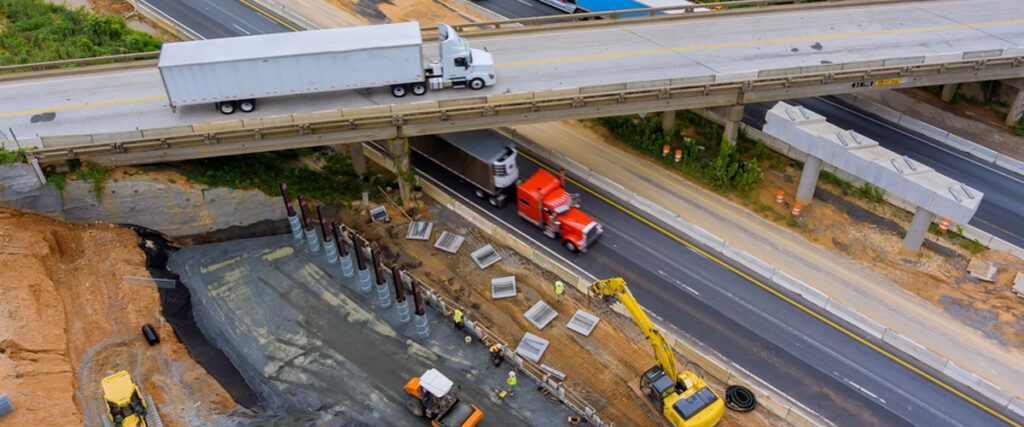
The Importance of Road and Bridge Repair
Roads and bridges are the lifeline of any transportation system, connecting communities, facilitating trade, and enabling economic growth. Neglected or deteriorating road and bridge conditions have severe implications, such as:
- Increased accidents
- Traffic congestion
- Safety hazards
Therefore, evaluating repair options becomes imperative to ensure long-term benefits such as:
- Enhanced structural integrity
- Improved safety
- Reduced maintenance costs
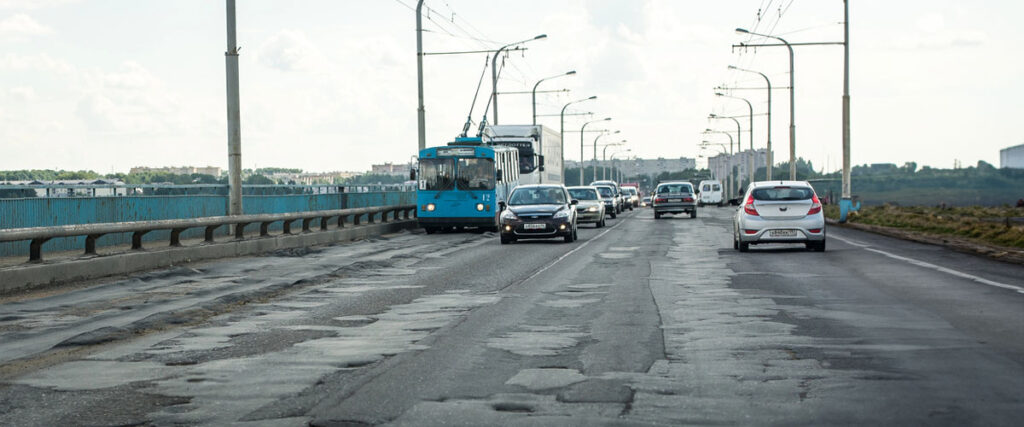
Types of Road and Bridge Damage
Roads and bridges can suffer different types of damage, including cracks, potholes, erosion, and structural defects. These damages can result from various factors, such as:
· Wear and tear
Regular use and traffic can result in the gradual deterioration of roads and bridges.
· Weather-related damage
Flooding, extreme temperatures, and freeze-thaw cycles can cause cracks and erosion.
· Structural issues
Inferior construction, aging, and lack of maintenance can lead to structural defects.
Furthermore, it is crucial to assess the specific damage to identify the most suitable repair options and ensure effective and efficient implementation.
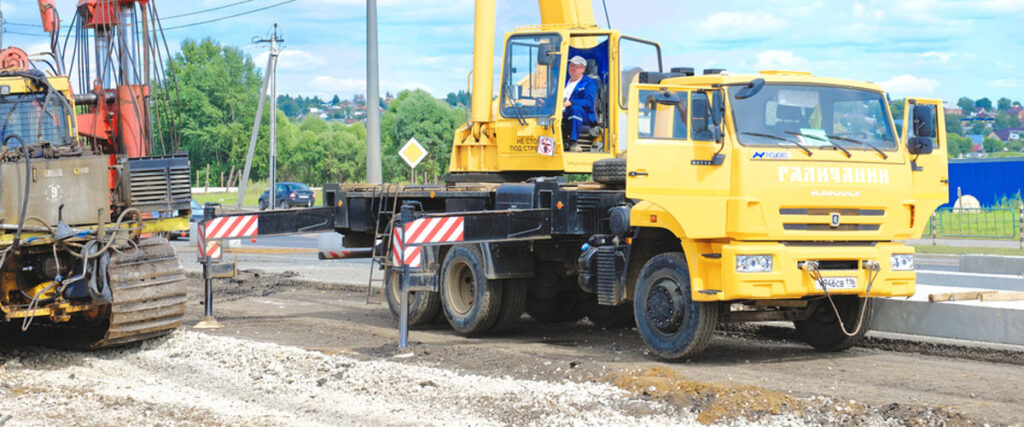
Repair vs. Replacement
The decision-making process between repair and replacement involves carefully considering various factors before determining the most appropriate action. Factors influencing this choice include:
- Cost – Consider the expense of repairs versus the cost of replacement.
- Structural integrity – Assessing whether the existing structure can undergo adequate repairs or requires replacement for safety reasons.
- Longevity – Evaluate the expected lifespan of the repaired structure compared to a new one.
The following are scenarios where each method is appropriate:
- Repair is most suitable for minor damage, limited budgets, and situations where the structure’s integrity is not compromised.
- Replacement is necessary for severe damage, extensive structural issues, or when the cost of repairs outweighs the benefits.
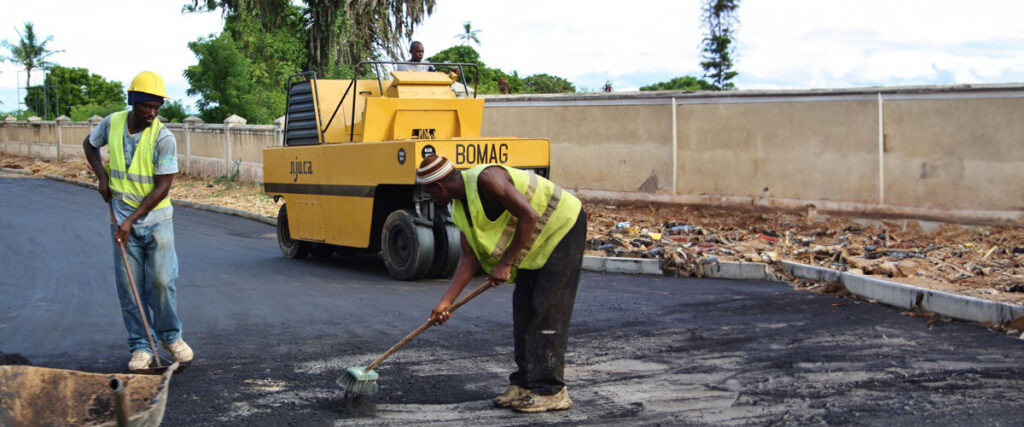
Evaluating Repair Techniques
A range of repair techniques are available for roads and bridges, each with advantages and limitations. These techniques include the following:
- Patching repairs on localized damage offers cost-effectiveness but may not address underlying issues.
- Resurfacing enhances appearance and ride quality but does not address structural problems and may need frequent maintenance.
- Reinforcement strengthens structures and extends lifespan but can be costly and require specialized expertise.
Furthermore, consulting experts is essential for accurate evaluations, as they possess knowledge to assess damage, recommend appropriate techniques, and ensure long-term effectiveness and safety.

Cost Considerations
Estimating repair costs for roads and bridges is crucial in ensuring that every project is within budget. Here are some insights on how to estimate repair costs:
- Consider the extent of damage and required materials.
- Account for labor costs and potential unforeseen expenses.
- Evaluate potential impacts on traffic and construction timelines.
Budgeting and funding options for repair projects are also vital to successful implementation. Consider the following options:
- Assess available resources and prioritize projects.
- Explore government funding programs and grants.
- Consider public-private partnerships for additional financial support.
Keep the following tips in mind to obtain accurate cost estimates from contractors:
- Solicit multiple bids to compare costs.
- Provide detailed project specifications and requirements.
- Request itemized breakdowns of the expenses for transparency and accuracy.

Environmental Impact
Understanding and mitigating the impacts is essential for sustainable infrastructure development. The following are the critical environmental impact considerations in road and bridge repair:
- Disruption of ecosystems and habitats.
- Potential water pollution from sediment runoff.
- Noise and air pollution caused by construction activities.
The following are eco-friendly repair techniques and materials that can help minimize environmental impact, including:
- Utilizing recycled materials in construction.
- Implementing green infrastructure solutions like permeable pavements.
- Opting for energy-efficient lighting and environmentally-friendly coatings.
Additionally, minimizing environmental impact is crucial for sustainable development, preserving natural resources, and reducing pollution and carbon emissions.

Expert Insights and Recommendations
Road and Bridge Repair Professionals in Kansas offer valuable insights and recommendations for property owners and government agencies. Additionally, incorporating their expertise enables them to make informed decisions, ensuring infrastructure projects’ safety, functionality, and longevity.
Here are some quotes and insights from experts in road and bridge repair:
- Ensuring our transportation infrastructure’s proper upkeep and timely repairs is paramount in maintaining its integrity.
- Utilizing advanced technologies and materials can improve the efficiency and effectiveness of repair projects.
They make the following recommendations for property owners and government agencies based on their expertise:
- Creating a comprehensive maintenance plan with frequent inspections and proactive repairs is essential.
- It is crucial to allocate sufficient funding for infrastructure maintenance to avoid neglecting repairs, as this can result in more expensive and extensive work in the future.
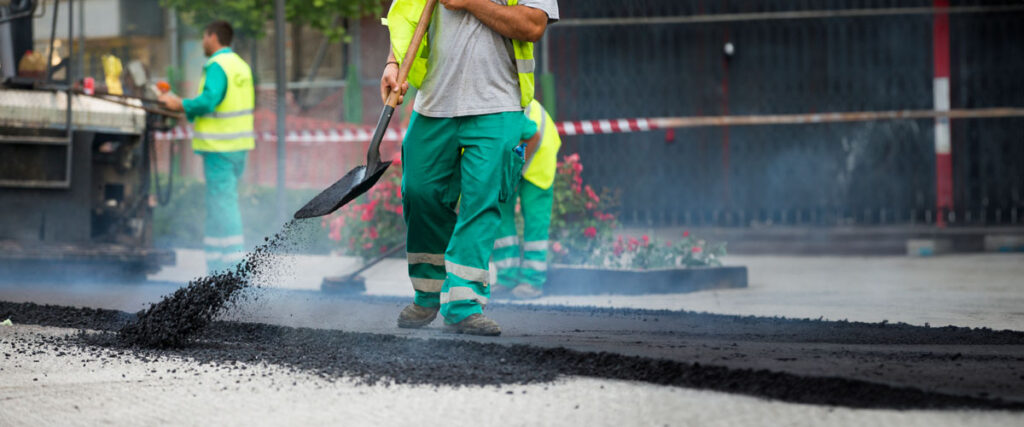
Paving the Path to Repair Success!
In conclusion, informed decision-making holds immense importance in road and bridge repair. Additionally, by staying knowledgeable about best practices and getting expert guidance, property owners and government agencies can make well-informed and efficient decisions to guarantee the durability and security of their infrastructure. Moreover, it is crucial to thoroughly assess repair options, considering not only immediate costs but also long-term advantages.
Furthermore, to navigate the complexities of road and bridge repair, individuals should seek professional guidance, which enables optimal outcomes and minimizes potential risks.
References:
- Research and Development – Performance Evaluation for Existing Bridges and its Repair/Strengthening Methods. (n.d.). Retrieved from https://www.pwri.go.jp/caesar/english/research-and-development-02.html
- Kamenchukov, A., Yarmolinsky, V., & Pugachev, I. (2018). Evaluation of road repair efficiency in terms of ensuring traffic quality and safety. Transportation Research Procedia, 36, 627–633. Retrieved from https://www.researchgate.net/publication/330013010_Evaluation_of_road_repair_efficiency_in_terms_of_ensuring_traffic_quality_and_safety
